Imagine wandering through the forests of Australia or New Guinea and stumbling upon a sight that stops you in your tracks—a dazzling, meticulously decorated structure, glittering with shells, berries, and even bits of colorful plastic. But this isn’t the work of a human artist. Instead, it’s the masterpiece of a bowerbird, a feathered architect whose incredible flair for design puts many interior decorators to shame. The bowerbird’s quest for love is a spectacle of creativity, competition, and beauty that blurs the line between animal instinct and art. Welcome to the world of the bowerbird’s bachelor pad—a place where nature and artistry collide in the most unexpected ways.
The Bowerbird’s World: Where Art Meets Survival

The bowerbird is more than just a pretty face in the avian world. With over 20 species spread across Australia and Papua New Guinea, these birds have captured the fascination of scientists and artists alike. What sets them apart isn’t their song or plumage, but their astounding ability to craft intricate bowers—structures built purely for courtship. Each species has its own signature style, from avenue bowers lined with sticks to maypole bowers that spiral around saplings. These creations are not nests; they’re stage sets for one of nature’s most elaborate mating rituals. For the bowerbird, survival and artistry are intertwined, making their world a constant dance between creativity and competition.
A Bachelor’s Dream: What Is a Bower?
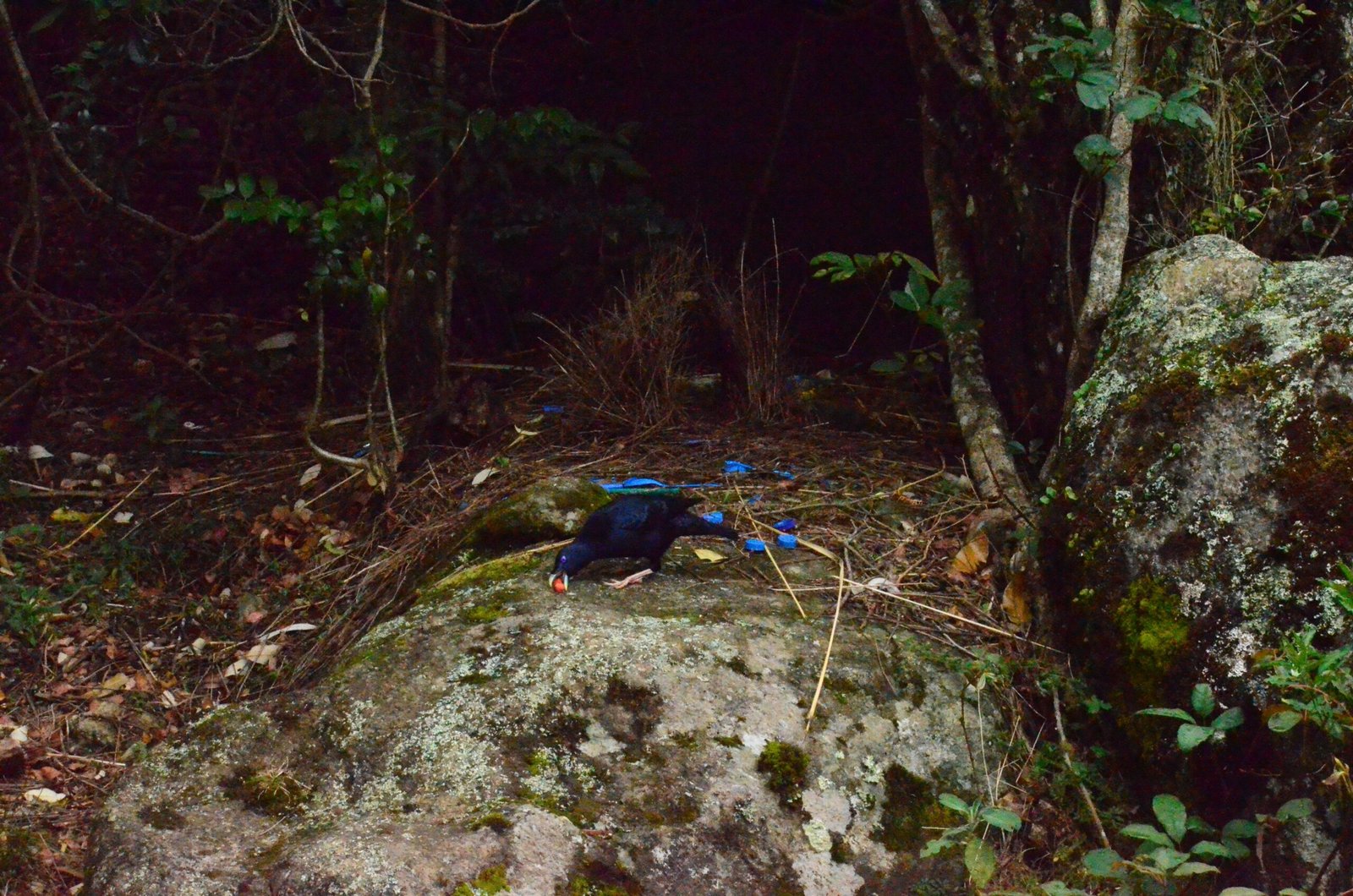
A bower is more than a pile of twigs. It’s an architectural marvel, a carefully constructed “bachelor pad” designed to attract a mate. Male bowerbirds spend weeks, sometimes months, building and decorating these structures, using whatever materials they can find. Some bowers are simple, while others are complex, with walls, tunnels, and even “courtyards” filled with treasures. The bower’s design is not only functional but also a direct reflection of the builder’s personality and skill. In the competitive world of bowerbirds, a magnificent bower can mean the difference between lonely nights and passing on one’s genes.
Decorating with Purpose: The Art of Attraction
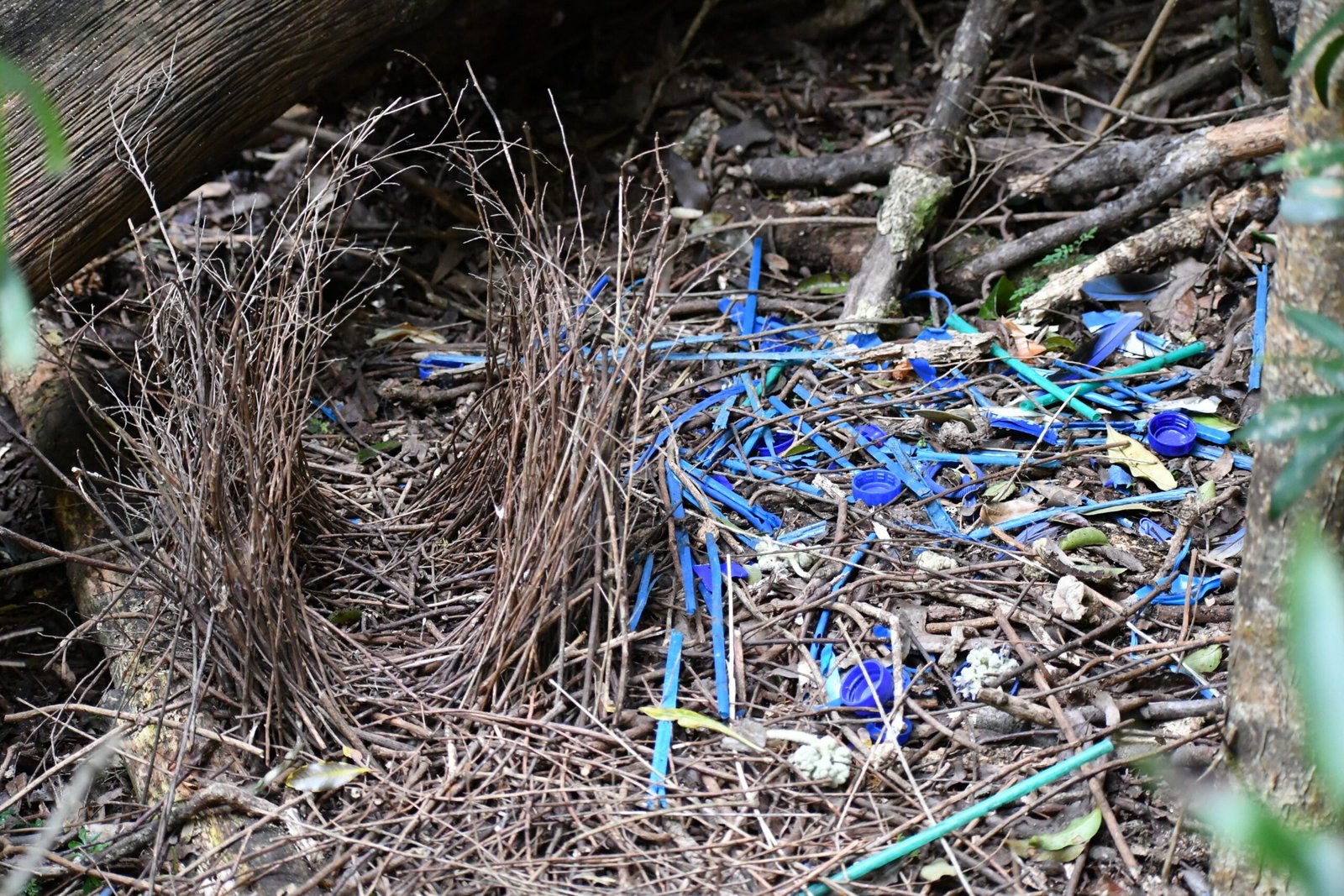
Every item in a bowerbird’s bachelor pad has a purpose. Males select and arrange objects—bright blue bottle caps, red berries, shiny beetle wings, or even human-made trinkets—in patterns meant to dazzle visiting females. The choice of color is no accident; for instance, the satin bowerbird has an obsession with blue, often collecting anything from feathers to plastic to line his bower. These decorations aren’t just random; they’re a language of love, communicating health, intelligence, and resourcefulness. It’s a bit like showing off a well-decorated apartment to impress a date—the more stylish and coordinated, the better the chances of success.
Color Obsession: The Blue Fixation

If you ever find a stash of blue bottle caps and pen lids in the Australian forest, chances are a satin bowerbird is nearby. This species is famous for its almost comical obsession with blue, collecting anything in this hue to enhance the visual appeal of its bower. Scientists believe that females are most attracted to the rarest and brightest objects, making blue items especially prized. This preference creates a fascinating evolutionary arms race, where males constantly outdo each other, and competition for the best blue trinkets is fierce. The blue obsession isn’t just a quirk—it’s a window into the complex ways animals use color to communicate and compete.
Design for the Senses: Visual Illusions and Optical Tricks

Bowerbirds don’t just collect objects—they know how to put on a show. Some species, like the great bowerbird, arrange their decorations in a way that creates forced perspective, making the bower look larger or more impressive from certain angles. This clever use of visual illusion is rare in the animal kingdom and demonstrates a remarkable level of spatial awareness. Females, approaching the bower, are treated to a carefully crafted display that can trick the eye and enhance the male’s appeal. It’s like a magician using sleight of hand, except this magic is all about love and attraction.
The Courtship Dance: Performance Under Pressure
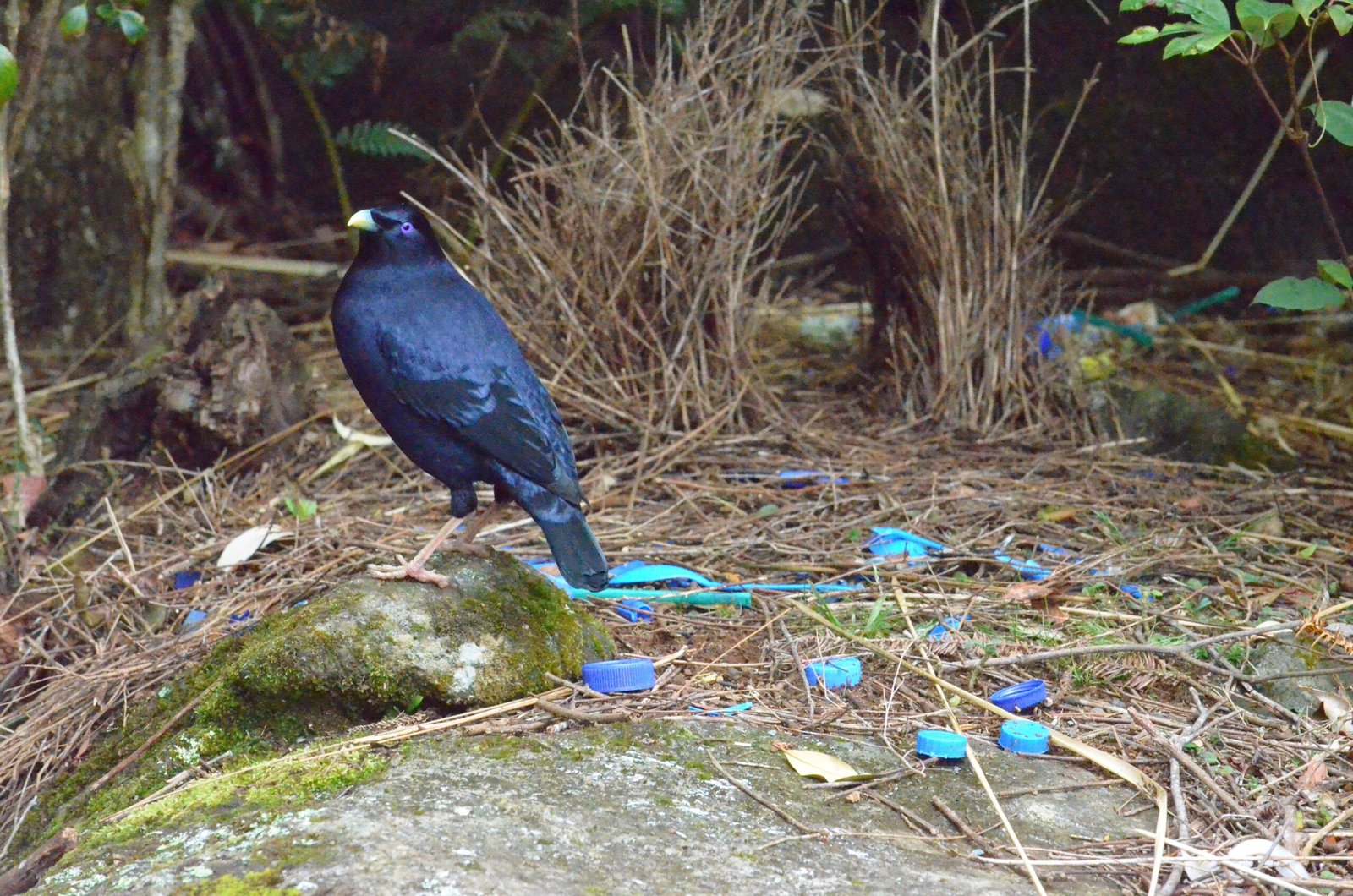
Once a female arrives, the real show begins. The male bowerbird becomes a performer, strutting, dancing, and sometimes mimicking the calls of other birds to grab her attention. All the while, he guides her through his decorated bower, showing off his artistry and athleticism. The pressure is intense—females are picky and may visit several bowers before making a choice. Every movement, every shimmer of a collected object, is part of a carefully choreographed courtship. The male’s performance is as critical as his design skills, making courtship a full-sensory experience that tests the limits of his creativity and endurance.
Love or Theft: The Dark Side of Decorating

Competition among bowerbirds isn’t always friendly. In their quest for the perfect bachelor pad, males sometimes resort to sabotage, stealing prized decorations from rivals or wrecking their bowers entirely. This behavior adds a layer of drama and intrigue—imagine building your dream home, only to wake up and find your neighbor has snatched your best furniture! These acts of theft and destruction are a testament to how high the stakes are in the bowerbird dating game. Success isn’t just about building; it’s about protecting your masterpiece from envious competitors.
The Female’s Choice: What Really Matters?

Despite all the effort males put into their bowers, the final decision rests with the female. She scrutinizes every detail—the construction, the decorations, the performance—before choosing a mate. Studies show that females often prefer males whose bowers are not only beautiful but also clean and symmetrical. This pickiness isn’t just for show; it’s a way to select mates with the best genes and the sharpest minds. The female’s choice drives the evolution of ever more elaborate bowers and dazzling displays, proving that, in the world of bowerbirds, love is truly an art form.
Beyond Instinct: Are Bowerbirds Artists?
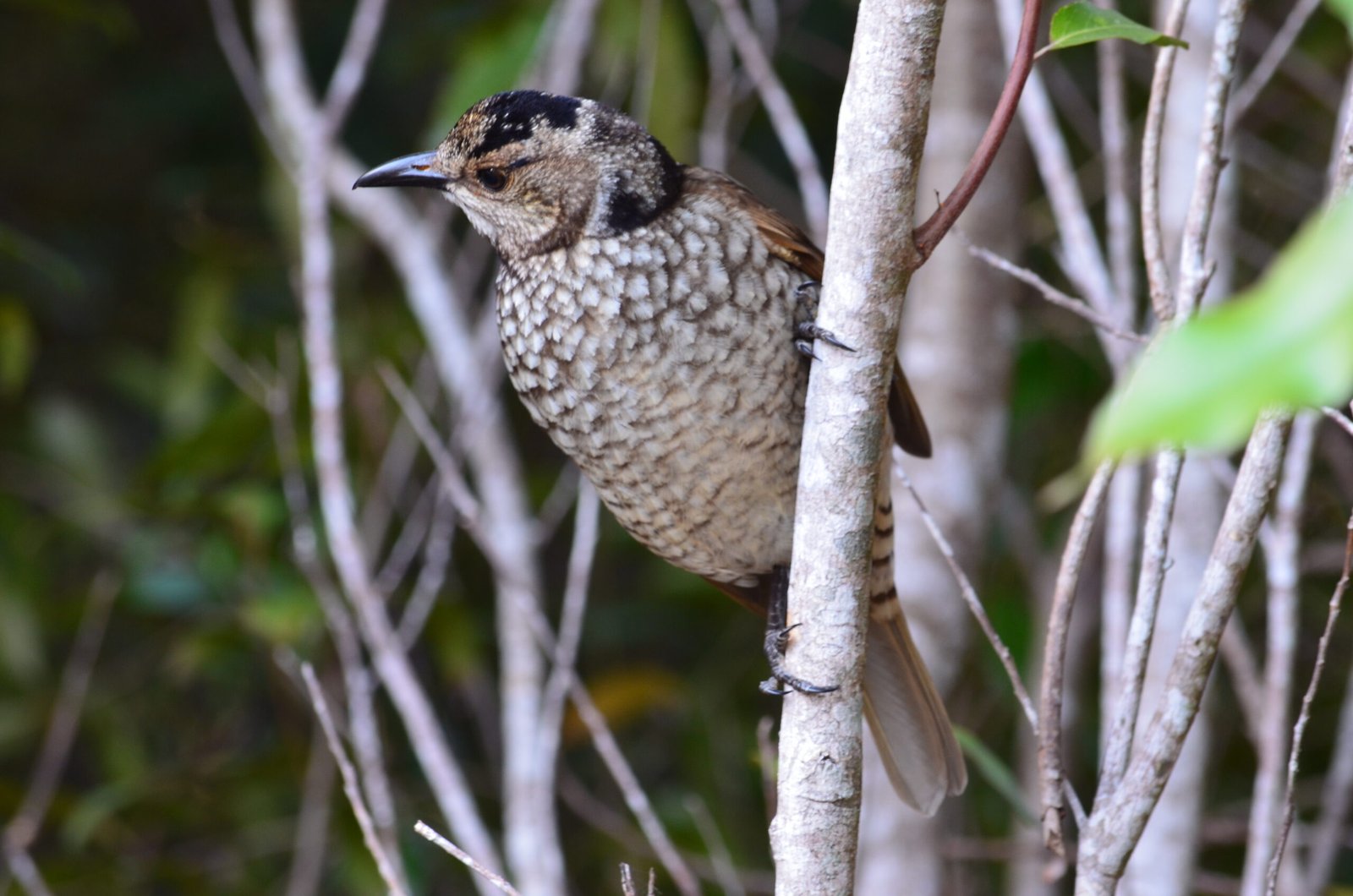
The question often arises—are bowerbirds true artists, or are they just following instinct? Watching a bowerbird at work, it’s hard not to be struck by the intentionality behind each placement, the careful selection of colors, and the ongoing adjustments to their designs. Some scientists argue that these birds display a form of creativity, making choices based on aesthetic preference and even personal “taste.” Others see it as a highly evolved instinct, honed by millions of years of sexual selection. Regardless of the answer, the results are undeniably artistic, challenging our understanding of what art and creativity mean in the natural world.
Bowerbirds and Human Creativity: Lessons from Nature
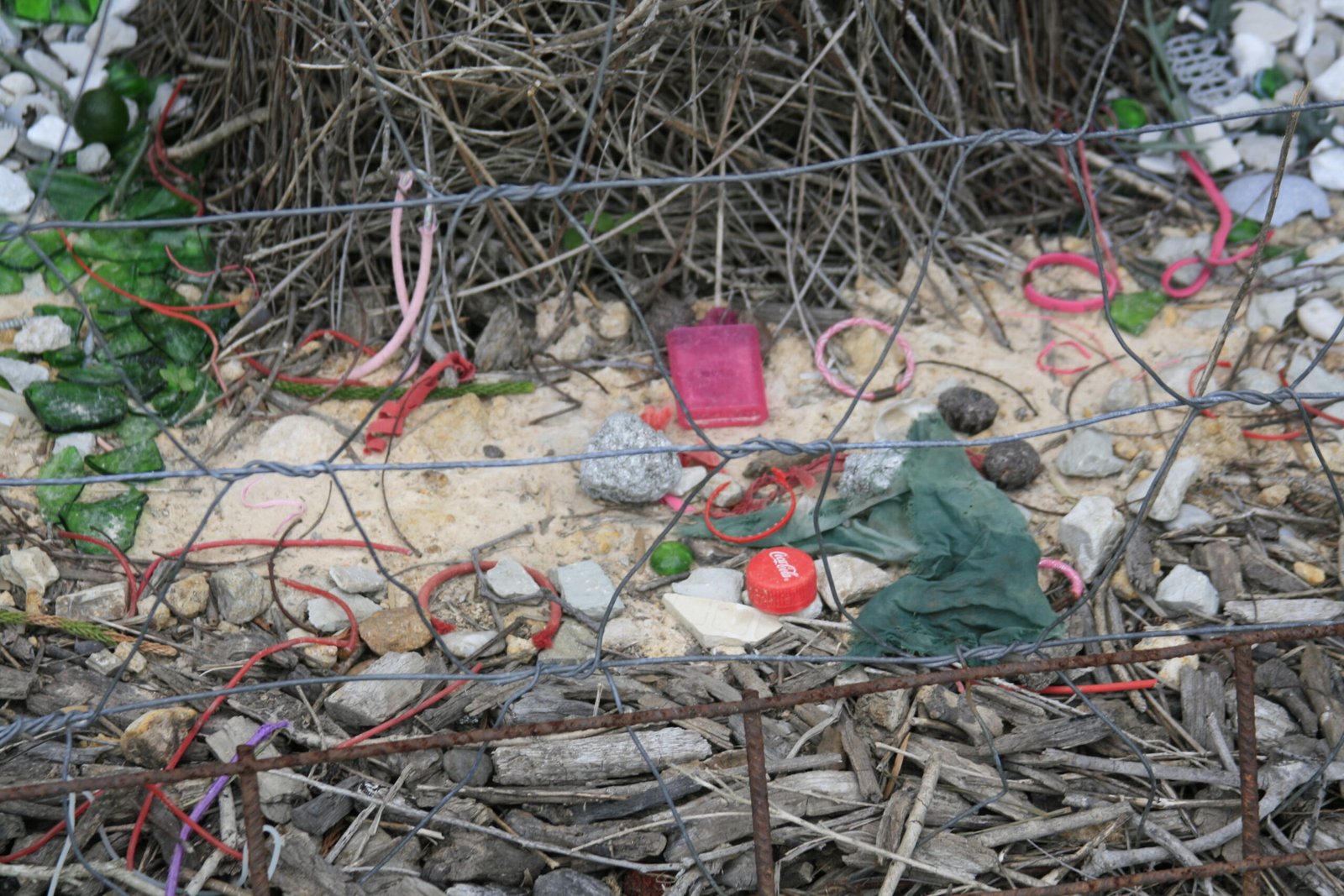
The parallels between bowerbirds and human artists are impossible to ignore. Both create for an audience, both compete for attention, and both express something unique through their work. Bowerbirds remind us that creativity isn’t limited to our species—it’s a universal drive that can be found throughout the animal kingdom. Their elaborate bowers have inspired architects, designers, and biologists to rethink what it means to build, decorate, and express oneself. Nature, through the bowerbird, offers a powerful lesson: the urge to create, to impress, and to connect is as ancient as life itself.
What the Bowerbird Teaches Us About Beauty and Survival

Through their bachelor pads, bowerbirds reveal the deep connection between beauty and survival. Their efforts aren’t just about looking good—they’re about outsmarting rivals, adapting to changing environments, and ensuring the next generation thrives. The bowerbird’s story shows that even in the wild, beauty has a purpose, shaping everything from behavior to evolution. The next time you marvel at a stunning work of art or a beautifully designed space, remember that the drive to create and appreciate beauty is woven into the fabric of life itself. Isn’t it astonishing how a little bird can hold such a big mirror up to our own creative souls?




